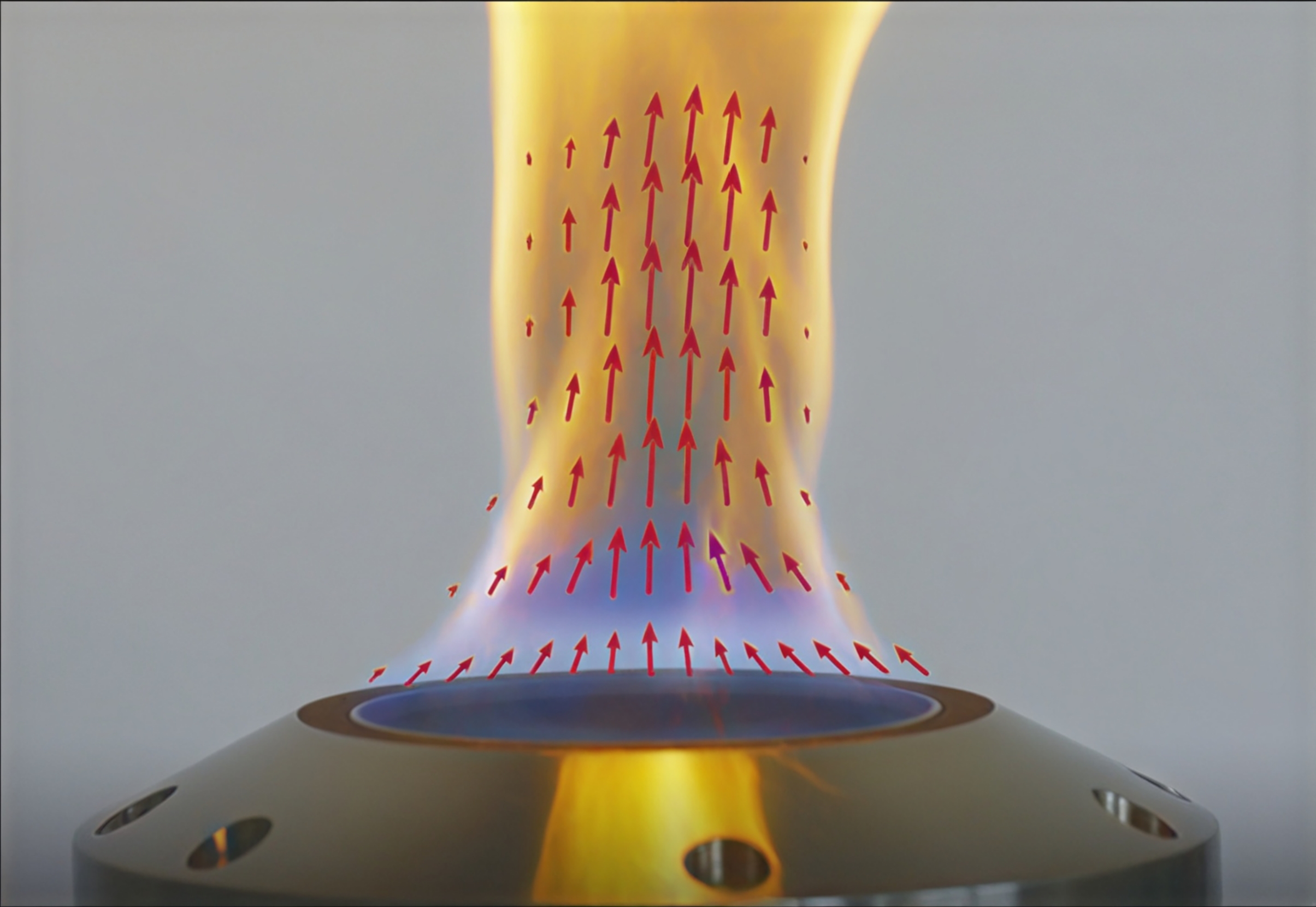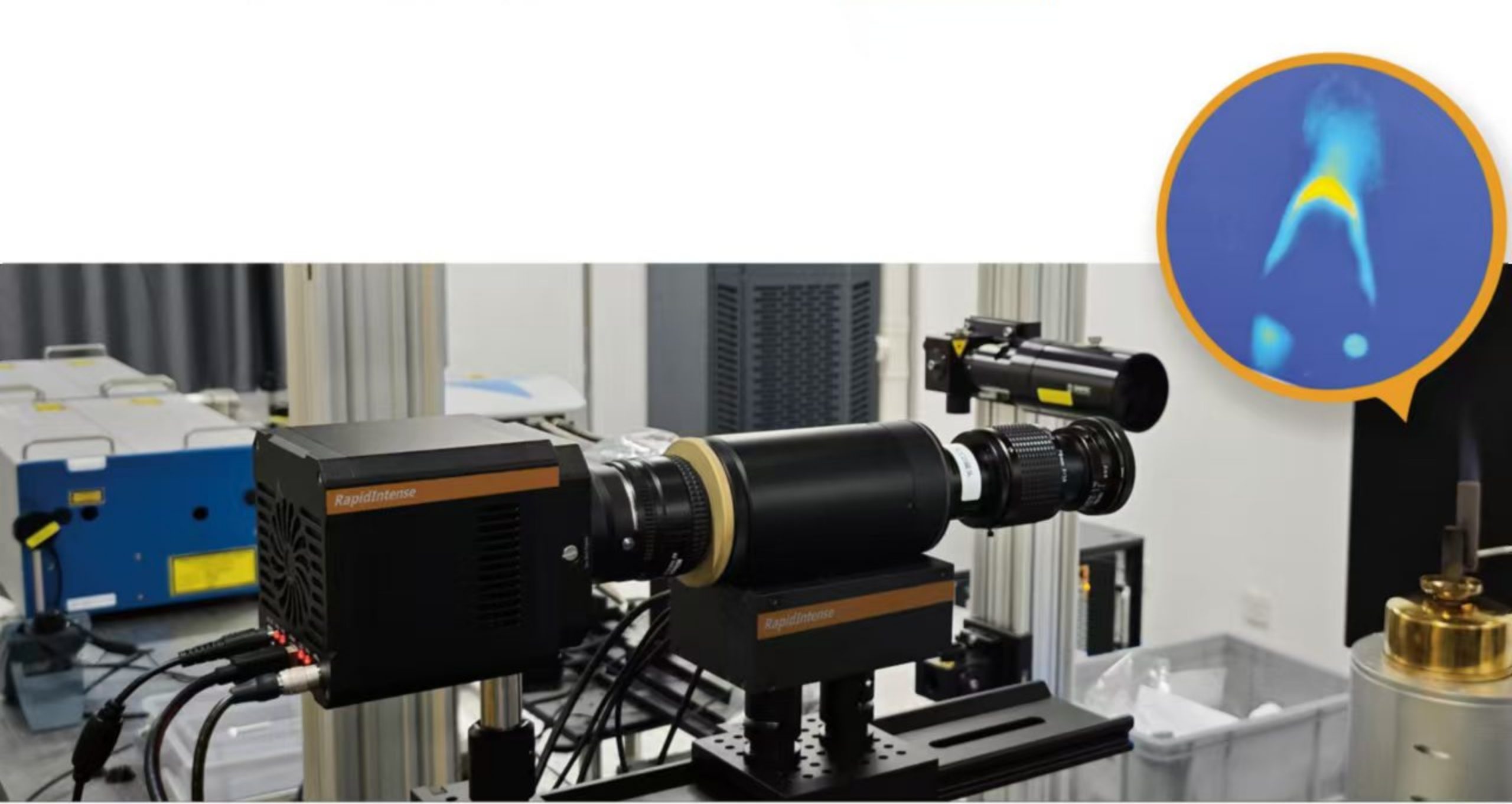Quasi-CW laser for PIV
In particle image velocimetry (PIV), the laser illumination is an important part of the whole system. The traditional PIV illumination method uses lamp pumped pulse laser (~10Hz), DPSS pumped pulse laser (~kHz) or CW laser. The first two cost from about 30k USD to 600k USD, while the latter cannot provide bright enough illumination, nor achieve a short inter-frame time to measure high-speed flow fields. The RapidPulse laser family perfectly solves the existing problems of cost and application. It enables high brightness, high repetition rate, pulse illumination in a very compact body, while maintaining an affordable cost.
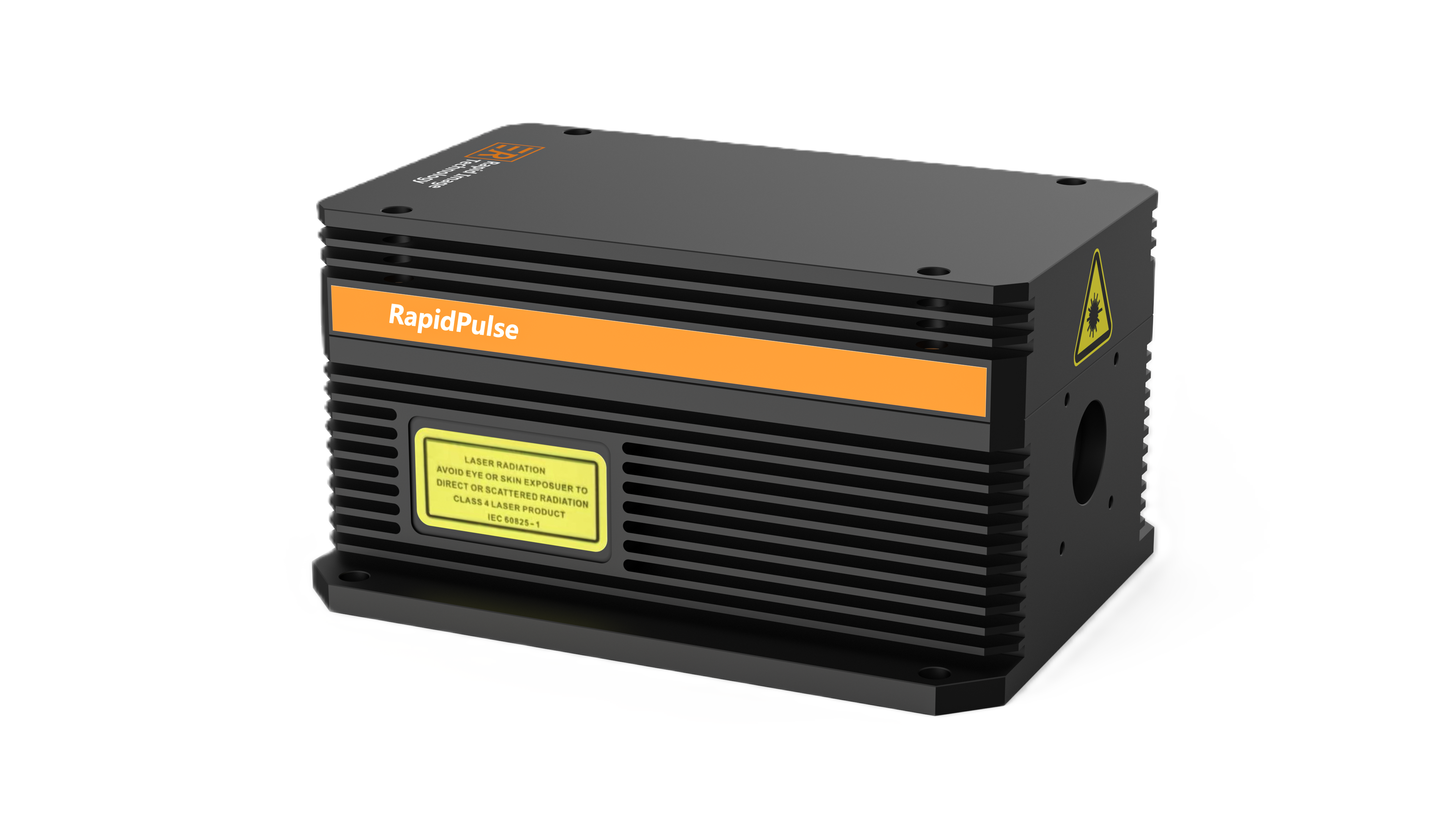
Applications
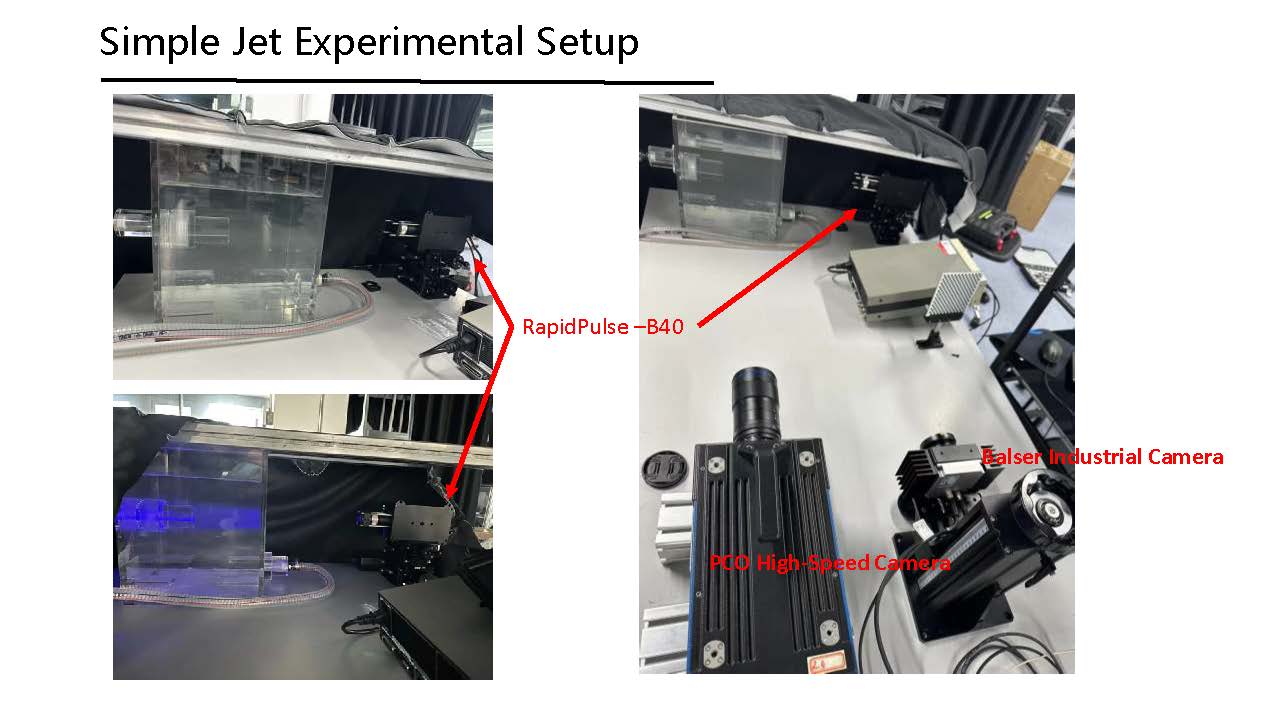

– 2D2C – 4D3C PIV for measuring water flow
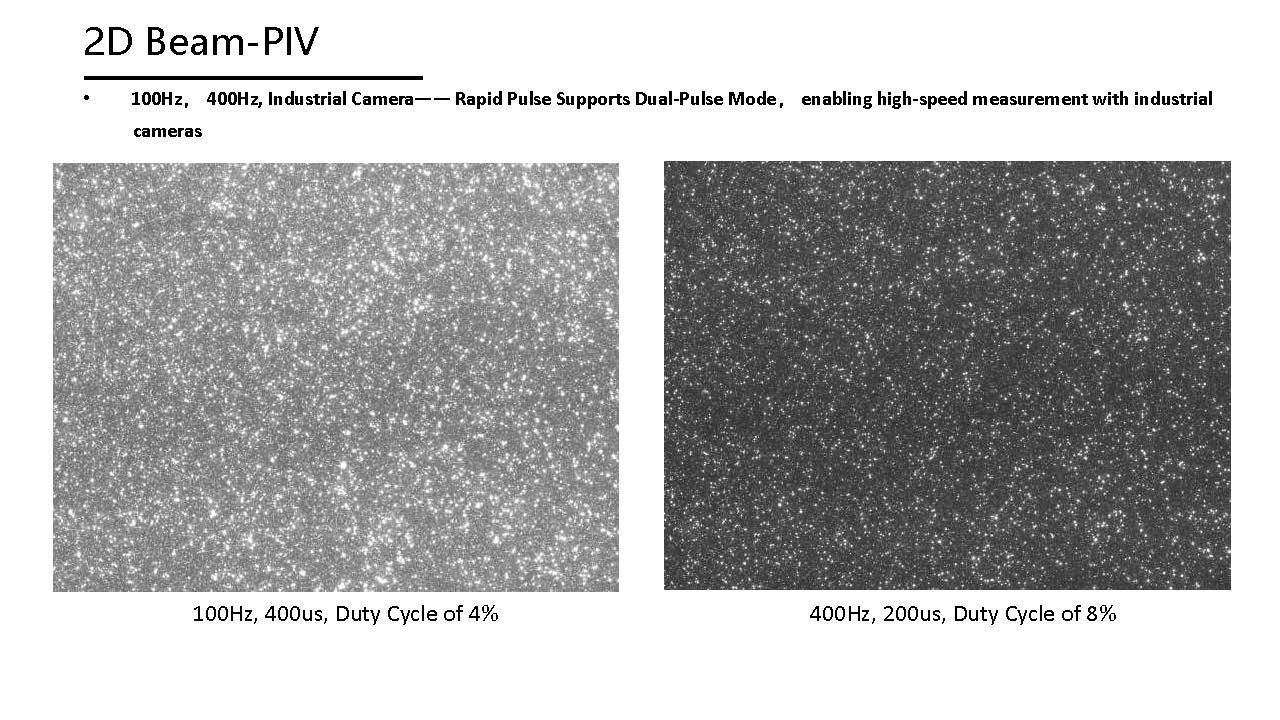

– 2D2C – 4D3C PIV for measuring low-speed airflow
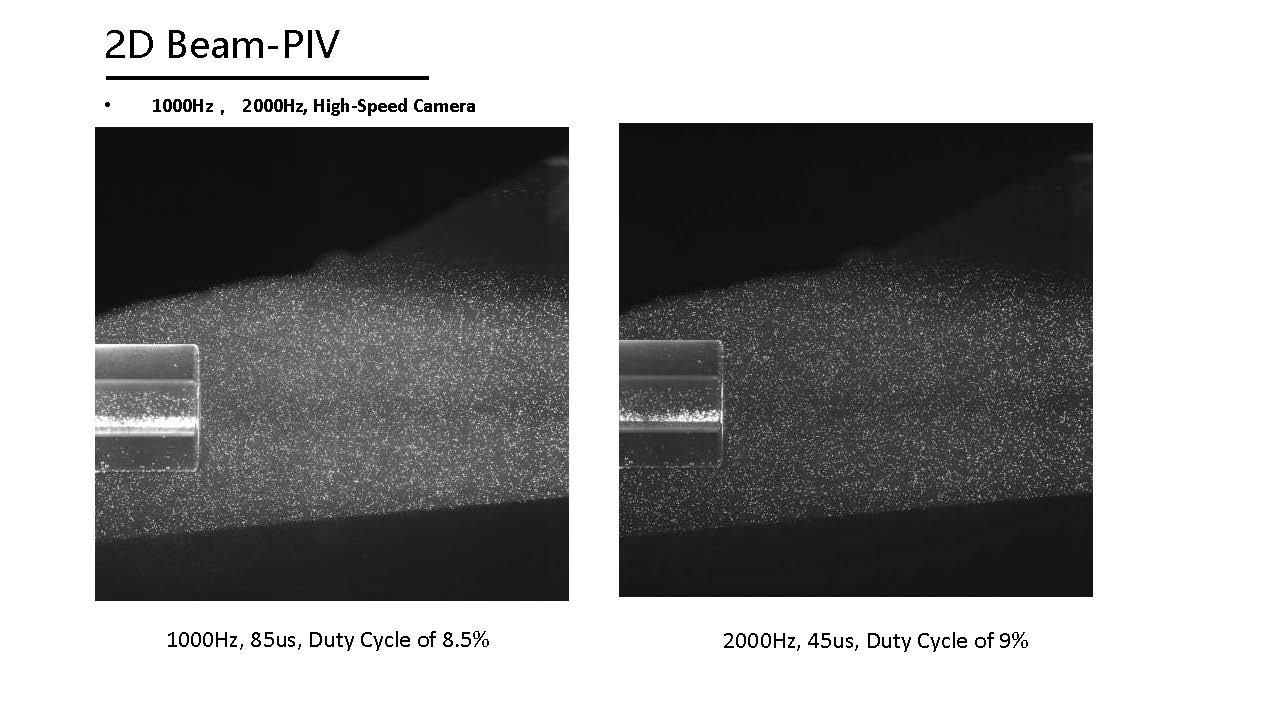
– Use high-speed cameras to achieve high-speed imaging under high background light (such as thermal spraying, laser welding, explosion, ignition process, etc.)
FEATURES
Product Details
In the field of PIV, the cooperation between laser and camera is crucial. Although traditional continuous lasers can provide a stable light source, most of the laser energy is not effectively utilized due to the low duty cycle, short exposure time and low shooting frequency when the camera is taking pictures, which increases the heat load on the environment and creates great laser safety issues. In addition, continuous lasers can only be used with high-speed cameras to achieve high frame rate measurements, which undoubtedly increases the cost of the PIV system.
RapidPulse uses pulsed light emission, and the laser light emission driven by the synchronizer ensures that each light pulse emitted is accurately matched with the exposure time of the camera. In this way, the camera can capture all the light energy emitted by the laser when taking pictures, realizing efficient use of energy. In addition, this series of lasers supports dual exposure mode operation, which can perfectly cooperate with low-frequency PIV cameras to achieve higher speed measurements. At the same time, RapidPulse lasers are not only suitable for PIV measurements, but can also be widely used in other occasions that require high-speed and high-precision illumination. Its high efficiency, precision and stability enable it to perform excellent performance in various experiments and application scenarios.

Wavelength Selection
In terms of wavelength, the 440nm wavelength of the RapidPulse series laser can perfectly match the quantum efficiency curve of the new generation of back-illuminated CMOS cameras. When our blue light fluorescent particles are selected, the fluorescence wavelength (peak 530nm) emitted can match the highest quantum efficiency wavelength of all CCD and CMOS cameras.
Compared to the 810nm red laser commonly used with high-speed cameras, 440nm blue light is less likely to be absorbed by water. The absorption rate of water for red light is about 20-80 times that of blue light.
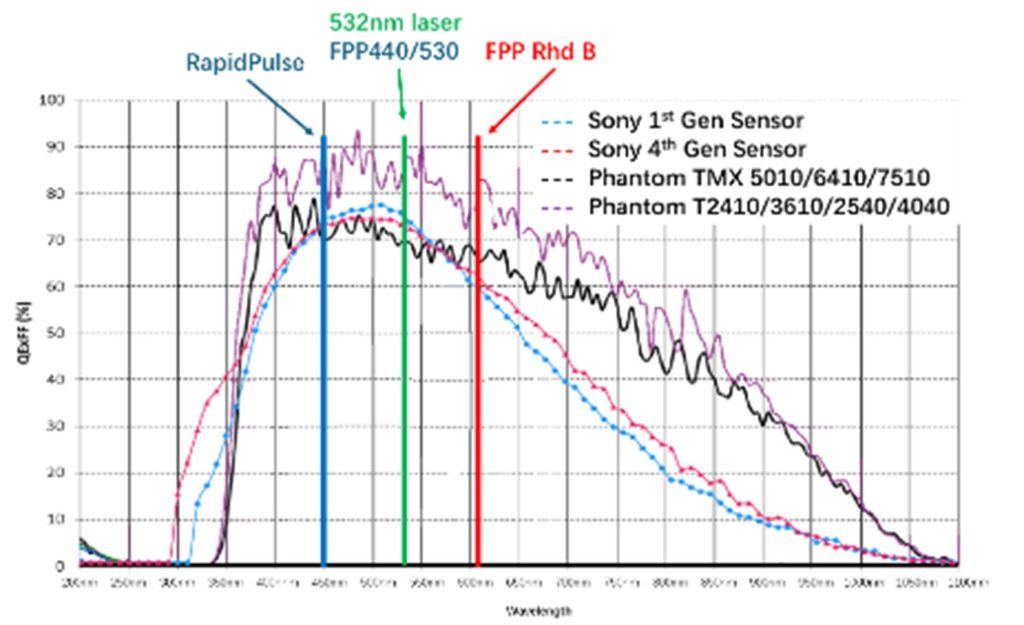
Comparison wavelength of RapidPulse, FPP440/530 emission, 532nm laser and FPP Rhd B particle emission excited by 532nm laser, on top of different camera QE curves.
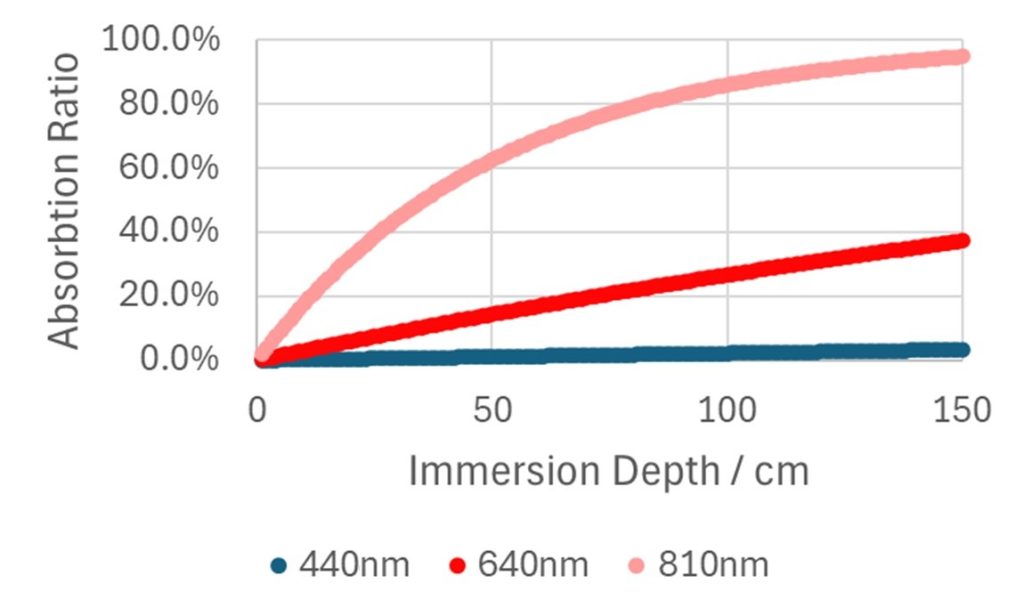
Water absorbs about 20-80 times more red light than blue light
Sheet and volume lens set
Each RapidPulse laser is equipped with an adjustable sheet lens set. The sheet angle is switchable between about 15 degrees and 26 degrees, and the focal length is adjustable within the range of 0.3m – 2m.
In addition, the lens set that comes standard with each RapidPulse can easily obtain volume illumination with continuously adjustable aspect ratio and clear boundaries.
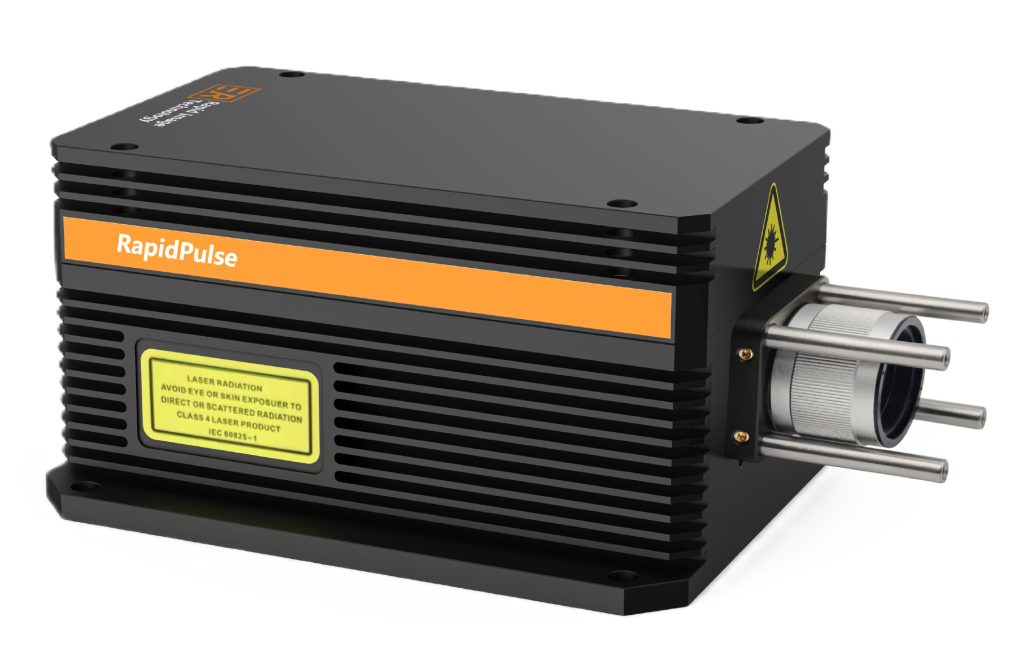
RapidPulse laser with light sheet optics
-
Fluorescent particles
The PP440/530 series products are the latest generation of fluorescent particles dedicated to PIV. Compared with traditional fluorescent particles, on the one hand, its wavelength is suitable for RapidPulse series lasers, and on the other hand, its density is 1.00g/cc, which perfectly matches the density of water and can ensure long-term suspension in water without settling. Generally speaking, 1.03g/cc PSP particles can ensure a suspension time of about 4 hours, while 1.15g/cc traditional fluorescent particles can only be suspended for about 20 minutes. Therefore, the FPP440/530 series products can greatly improve the measurement accuracy of PIV and are suitable for a wider range of applications.
In addition, the particle size dispersion of the particles is much better than that of traditional fluorescent particles, which can ensure the best particle tracking and passability. The fluorescent particles we provide are powder packaging, which can be well dispersed in oily media. At the same time, we provide a bottle of special surfactant with each order to help the particles disperse in water.
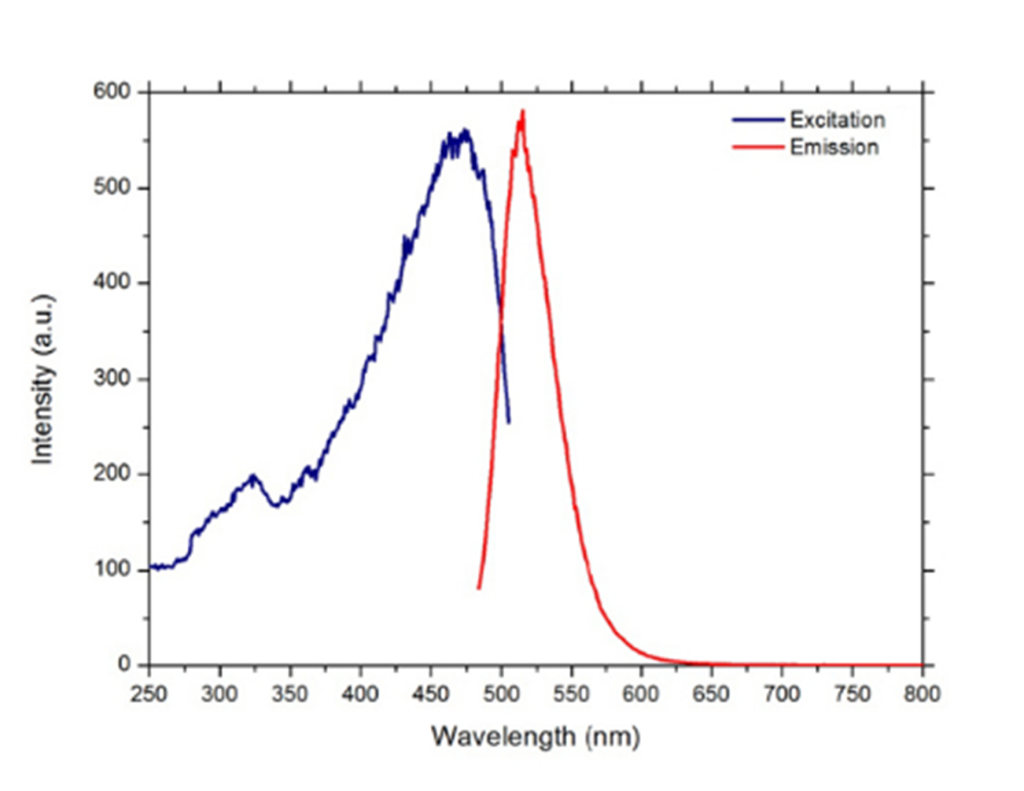
-
Filters.
We provide BP440 laser bandpass filters, which are suitable for scenes with strong and uncontrollable natural light. The cutoff depth of OD4 can greatly reduce the interference of ambient light during PIV measurement and improve the signal-to-noise ratio.
LP500 and BP525 filters are used with FPP440/530 fluorescent particles. Among them, LP500 can provide excellent fluorescence signal intensity at a lower cost; BP525 is a bandpass design, similar to BP440, suitable for scenes with strong ambient light to improve the signal-to-noise ratio.
| Model | RapidPulse – B20 | RapidPulse – B40 |
|---|---|---|
| Peak power | 20W | 40W |
| Maximum single pulse energy1 | 10mJ | 20mJ |
| Output wavelength | 455nm | |
| Maximum duty cycle | 10% | |
| Minimum pulse width2 | 1.5us | |
| Maximum repetition frequency2 | 50kHz | |
| Power supply | 24VDC, 9.2A | |
| Laser safety level | Class 4 (can be customized to meet Class 3B) | |
- Determined by laser pulse width, limited by duty cycle and repetition frequency
- Only a product capability indicator, usually not PIV usable
| Model | Products | |||||||
|---|---|---|---|---|---|---|---|---|
| RapidPulse – B20 | 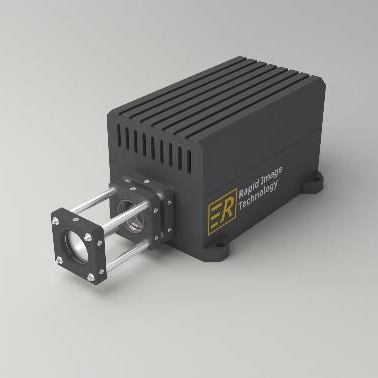 | |||||||
| RapidPulse – B40 |  | |||||||
| BP455 | 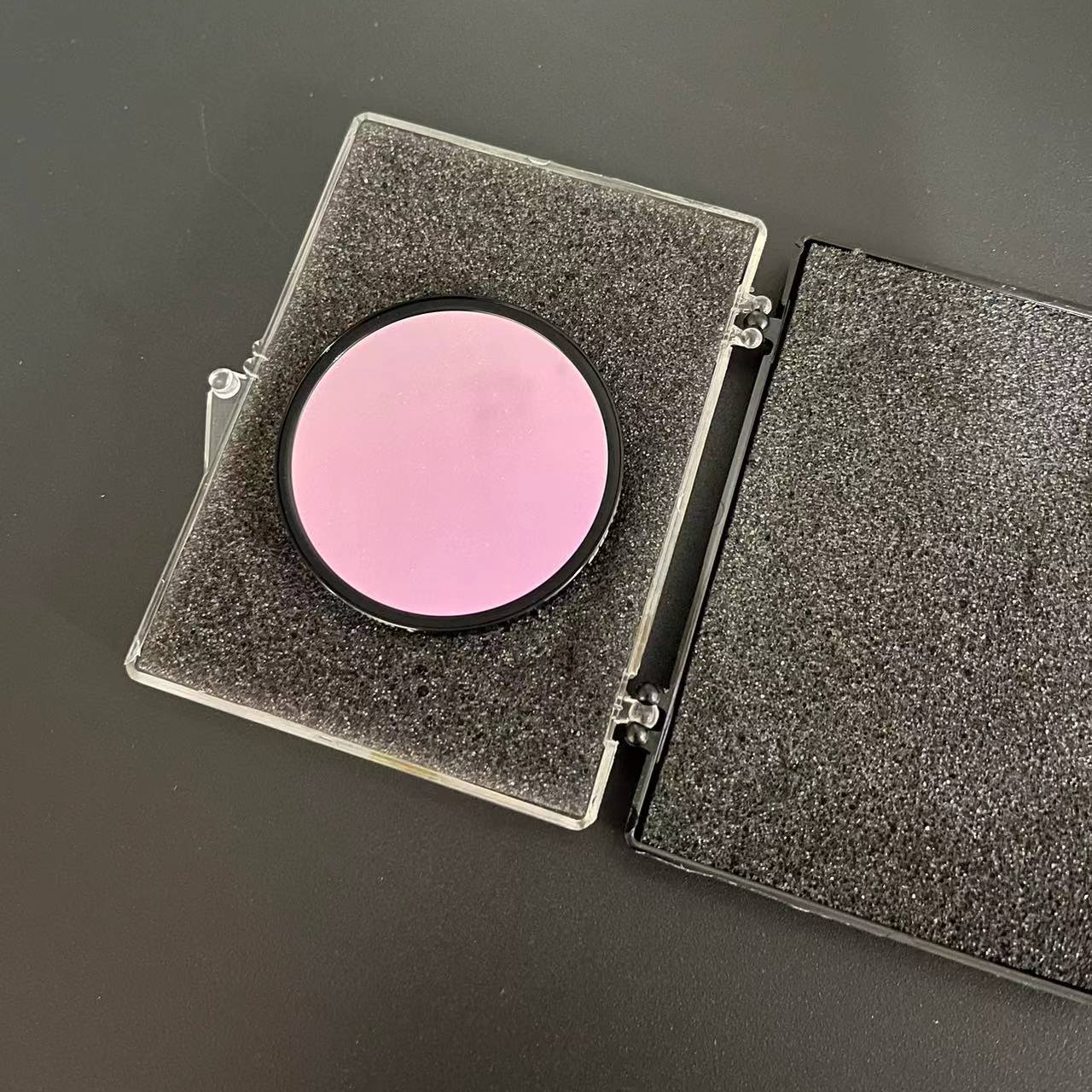 | |||||||
| FPP455/530 – 35M | 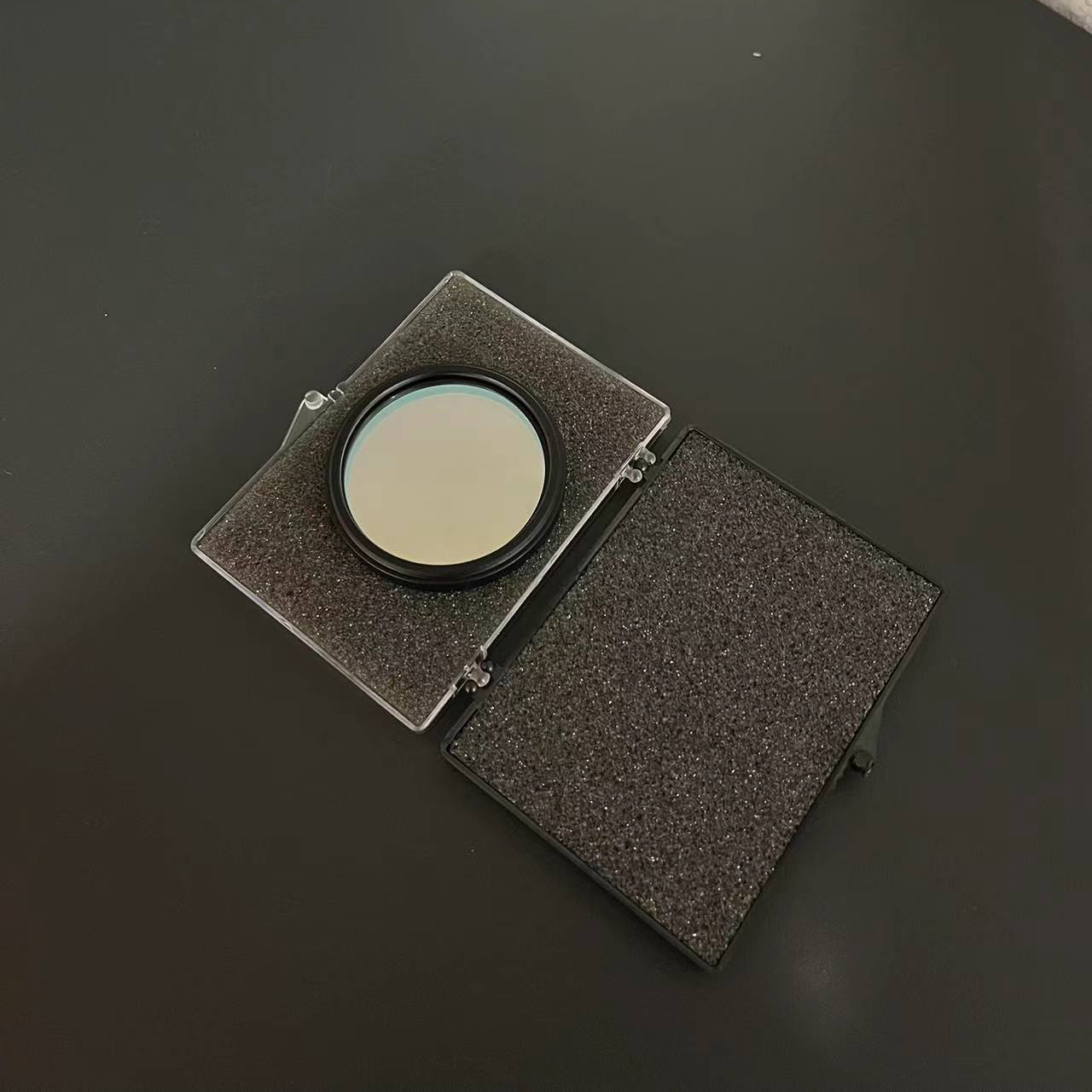 | |||||||
| LP500 | 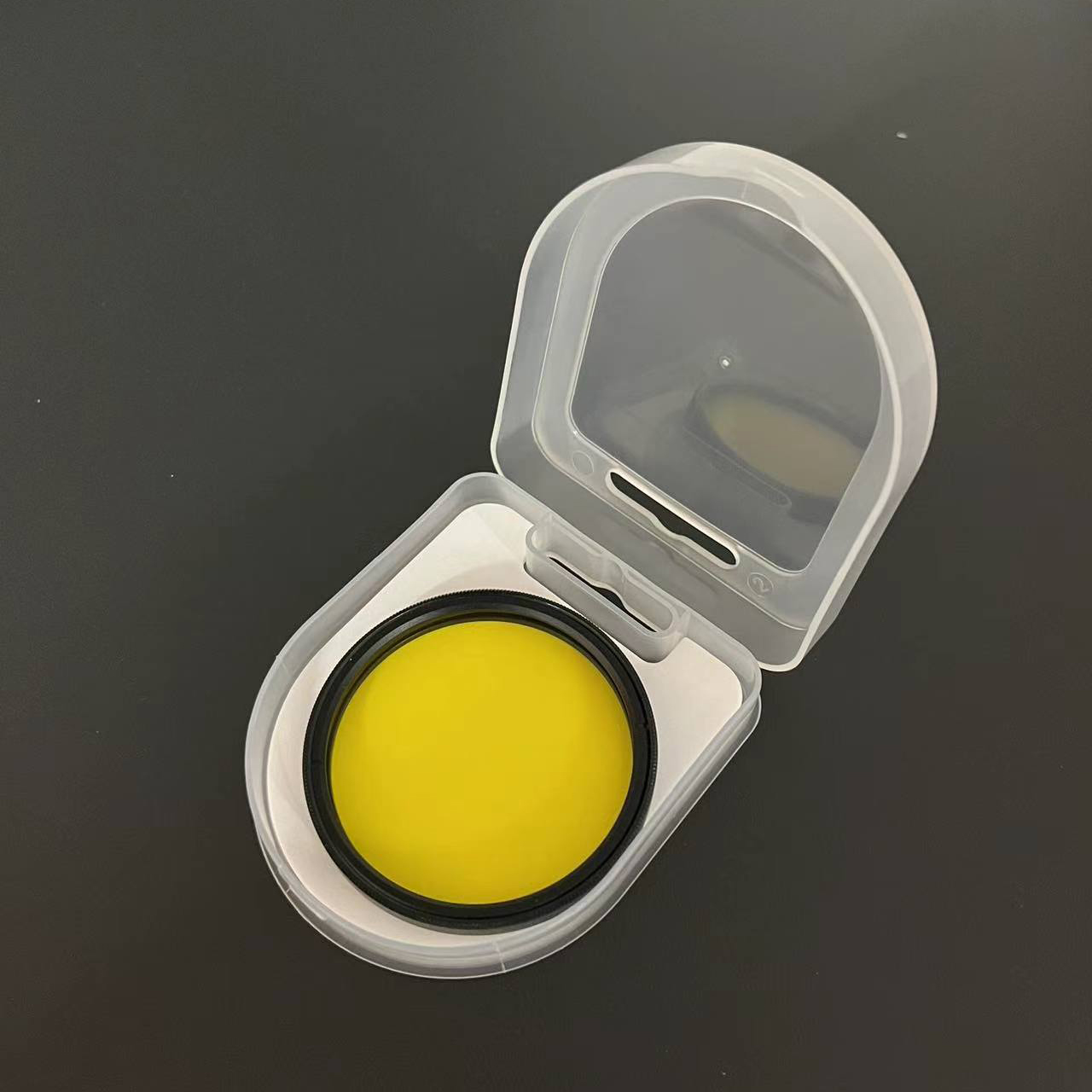 | |||||||
| BP525 | 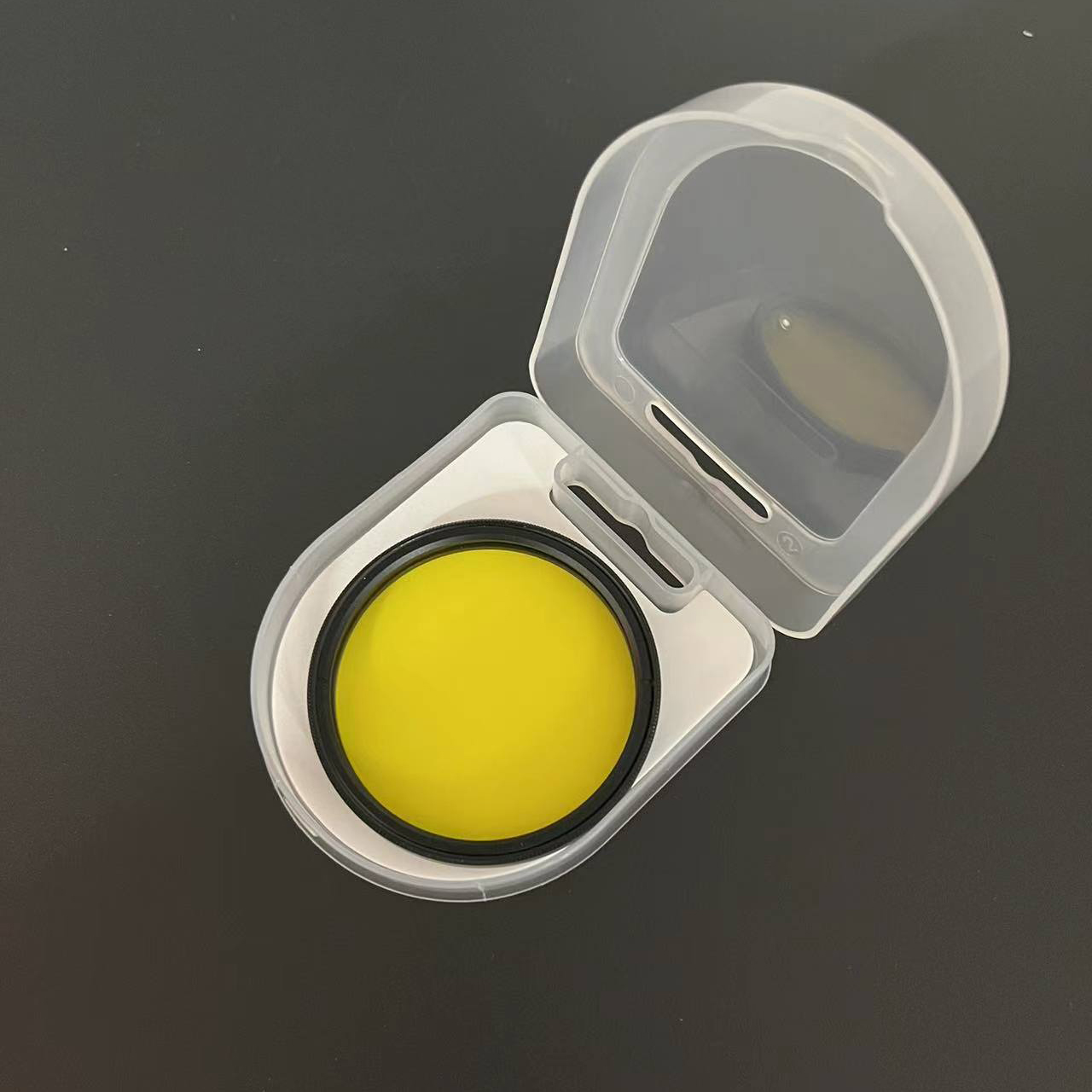 | |||||||
| AMU | 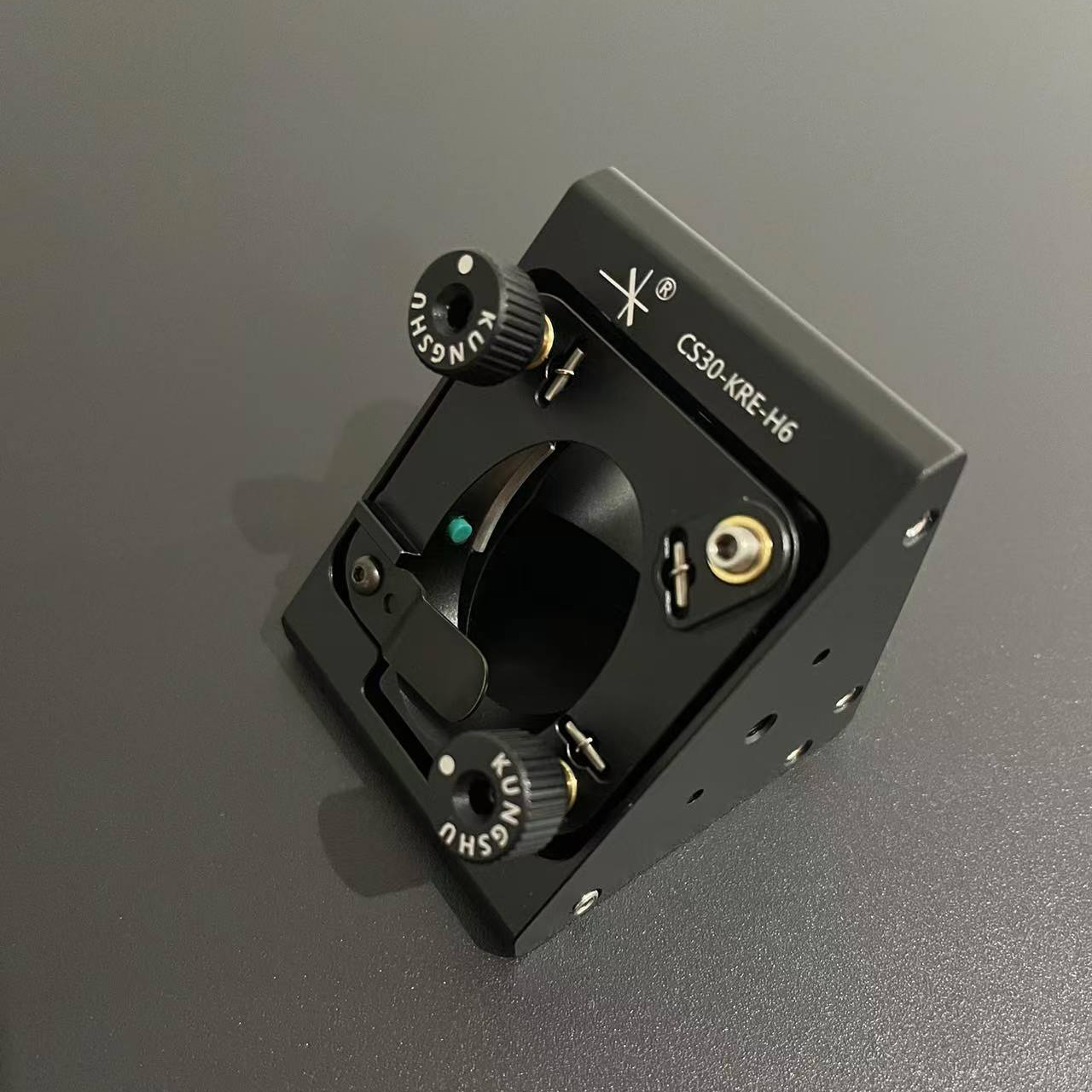 | |||||||
| Fluorescent Particles | 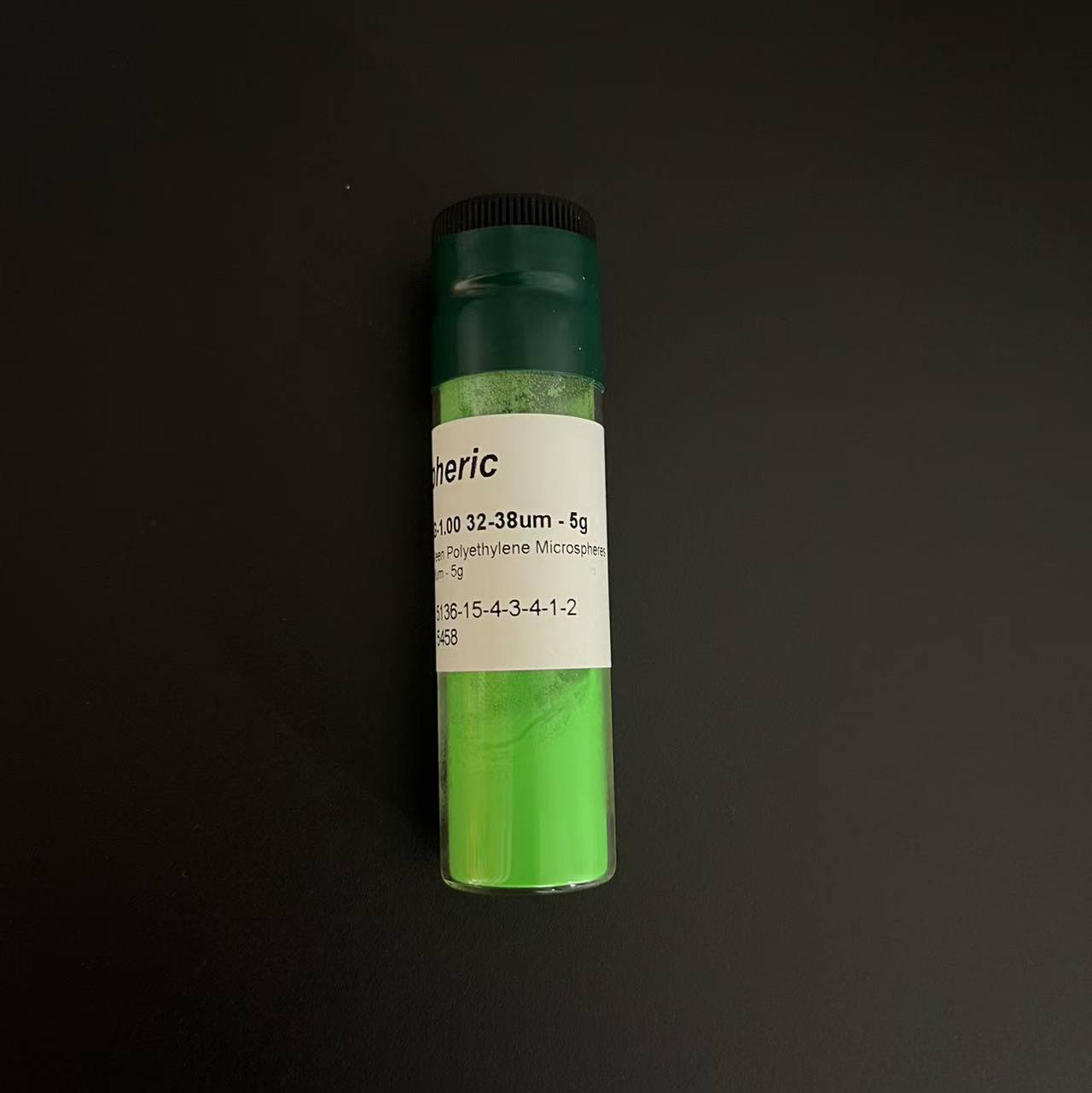 | |||||||
| Active Agent | 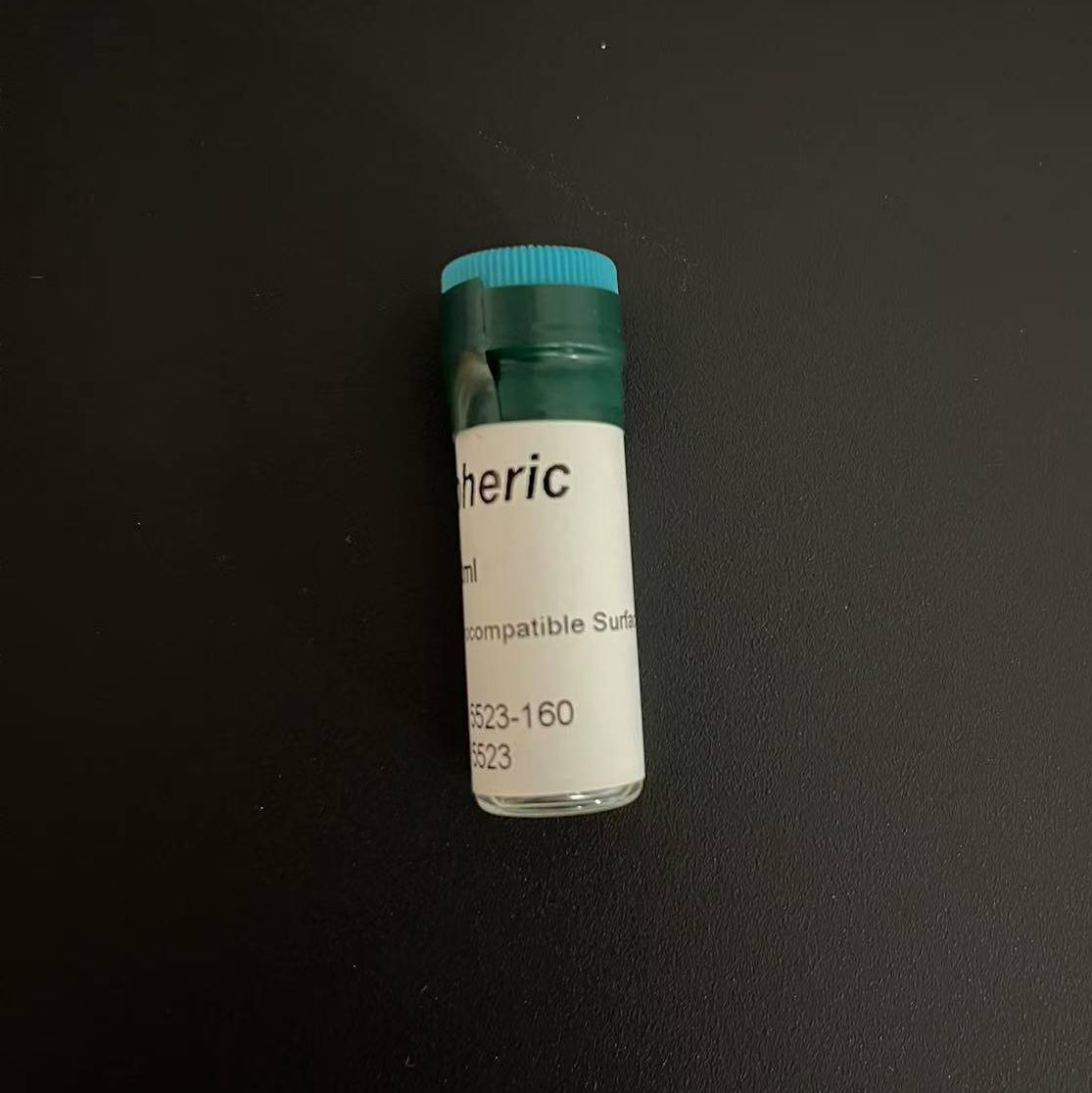 |

